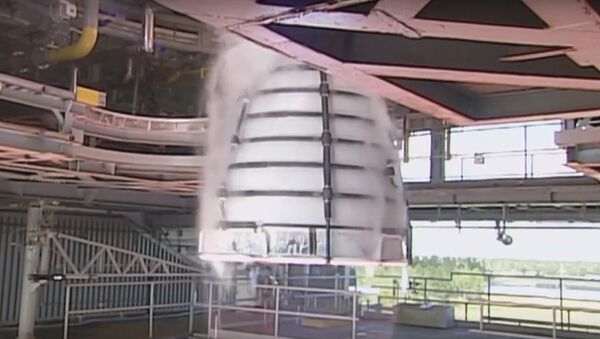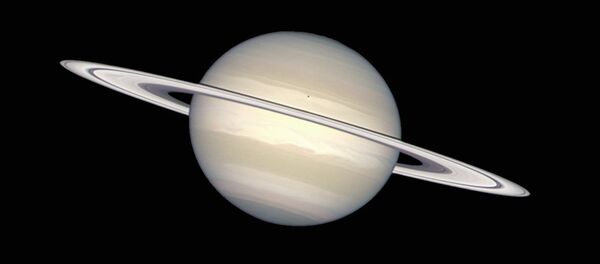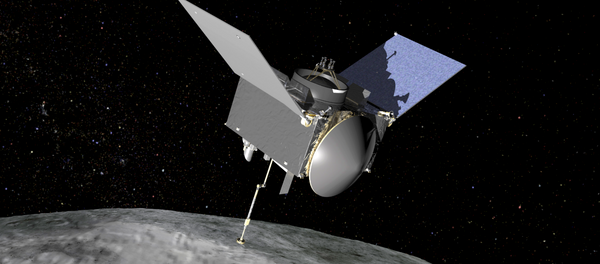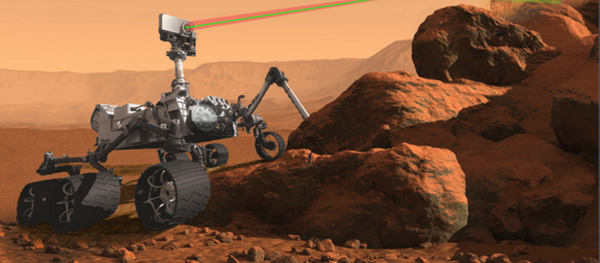The test also verified the serviceability of new hardware used to control engines and provide communication between the rocket and the engine, NASA said in a description of the video.
The 130-foot-tall SLS will be the most powerful launch vehicle ever created, NASA has claimed. The rocket will be able to carry almost 130 tons of cargo into space, at least twice that of former space vehicles. NASA aims to use the SLS with the Orion spacecraft to send four-man missions to Mars.
The RS-25 engines were enhanced for SLS missions and will work concurrently with two five-segment solid-fuel boosters.
The 17-story boosters will provide a combined 3.6 million pounds of thrust by burning five tons of fuel per second.
"It's going to have to throw up all this hardware into low Earth orbit so we can then take it to the Moon and beyond, all the way to Mars,” space shuttle astronaut Rick Mastracchio said.
“If they want us to go to an asteroid to do a retrieval mission, this rocket can get you there, or, if you want to go to Mars, this rocket can get there.”
Before sending humans aboard Orion and SLS into deep space, NASA will conduct an unmanned test flight in September 2018.






